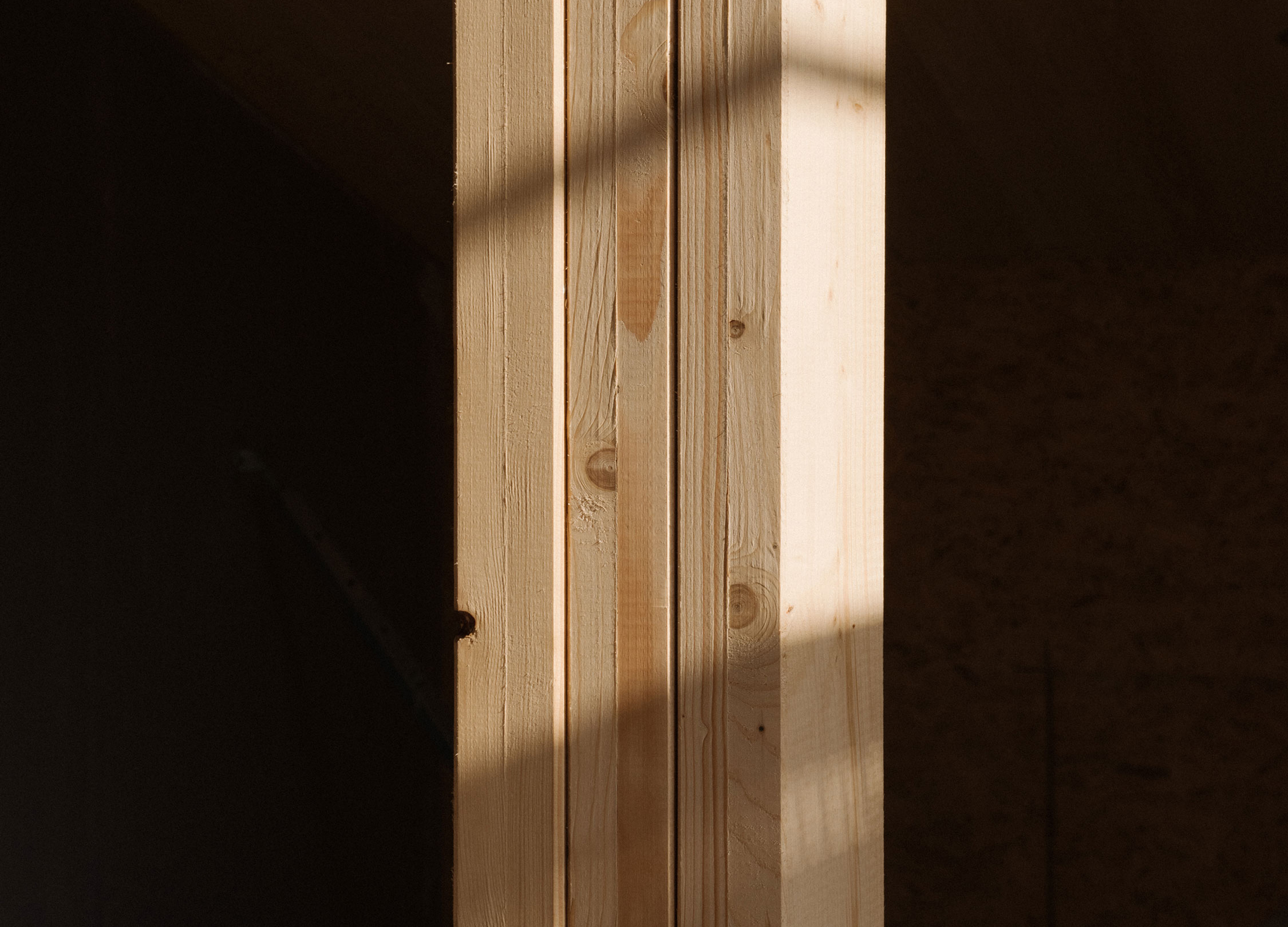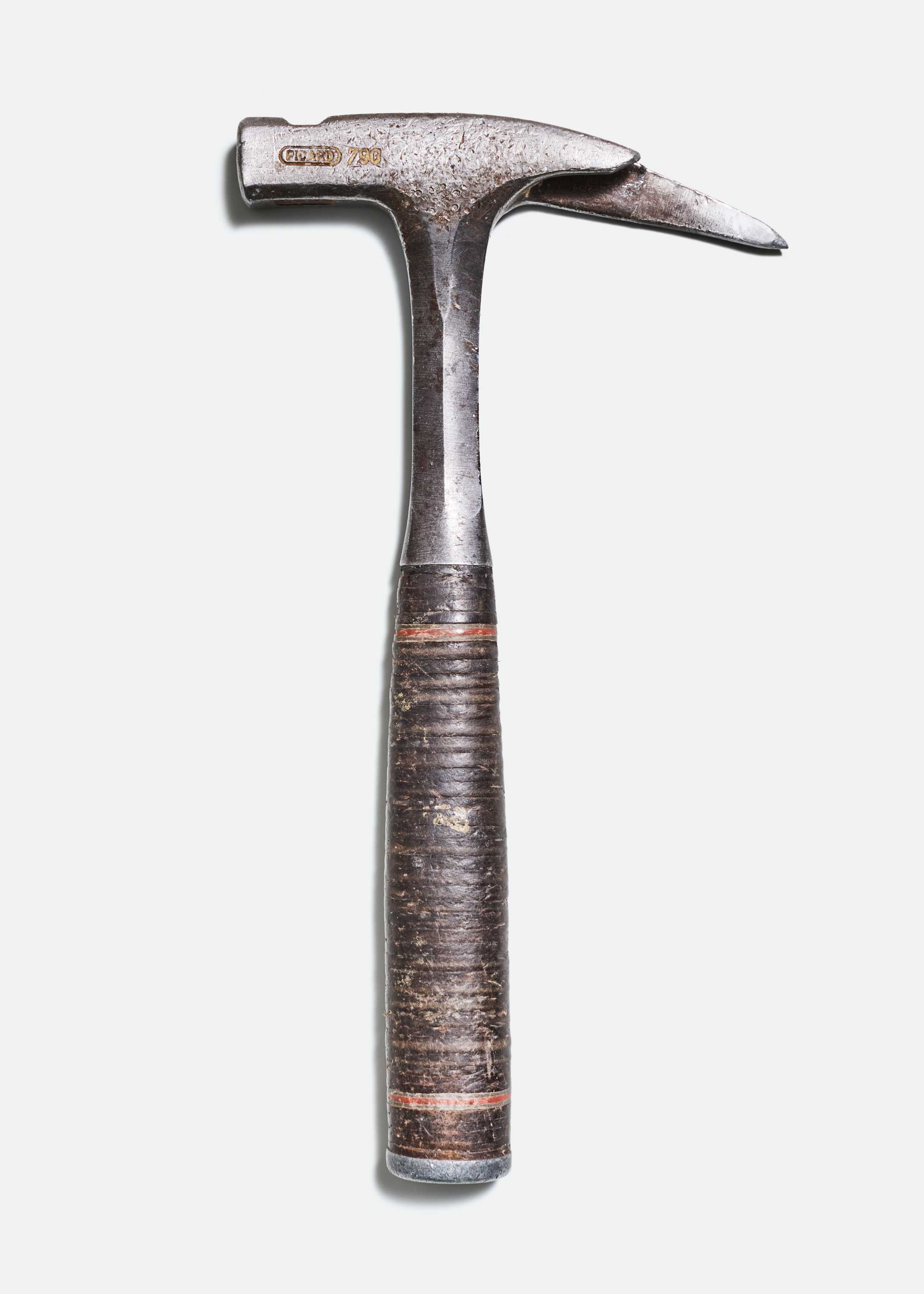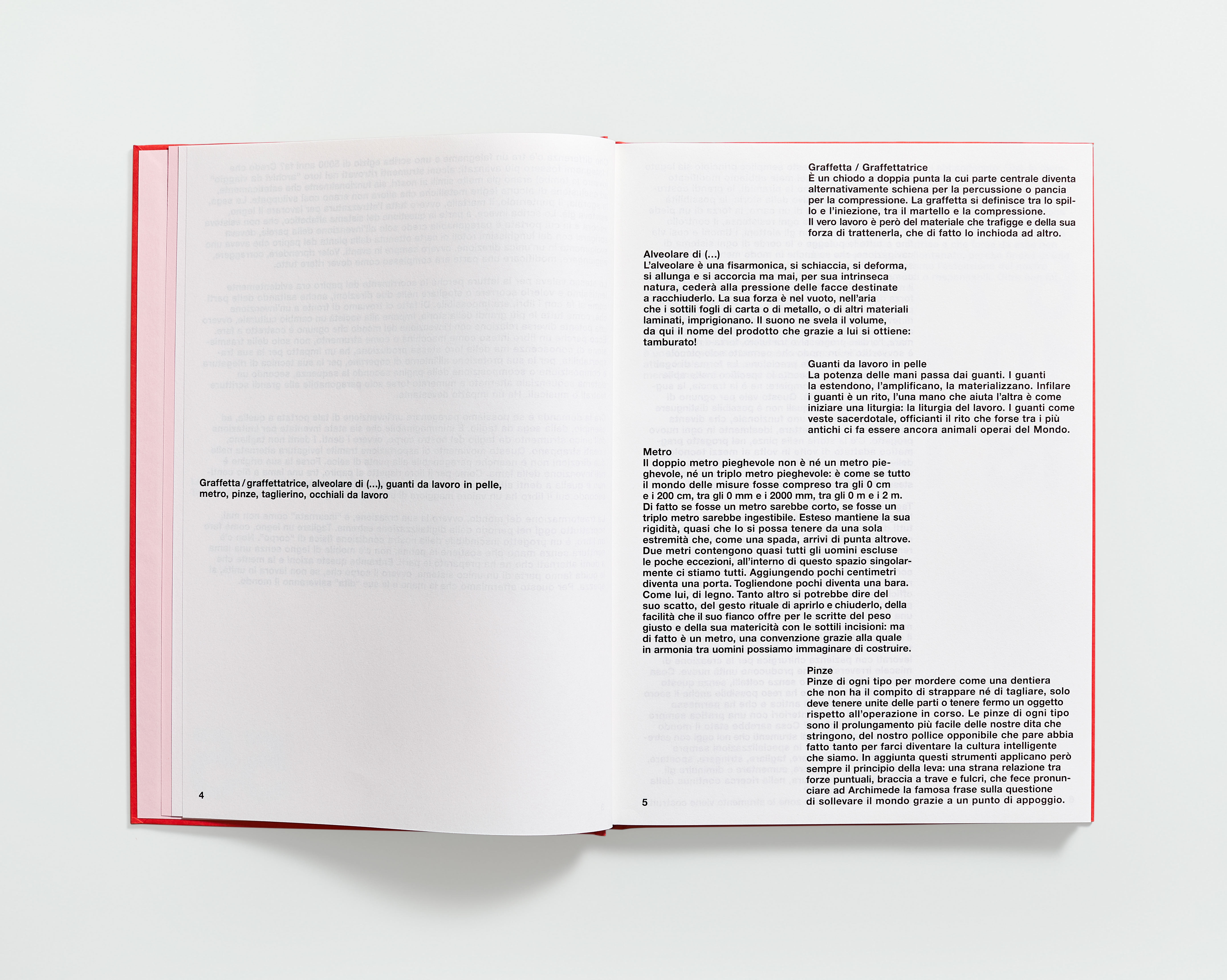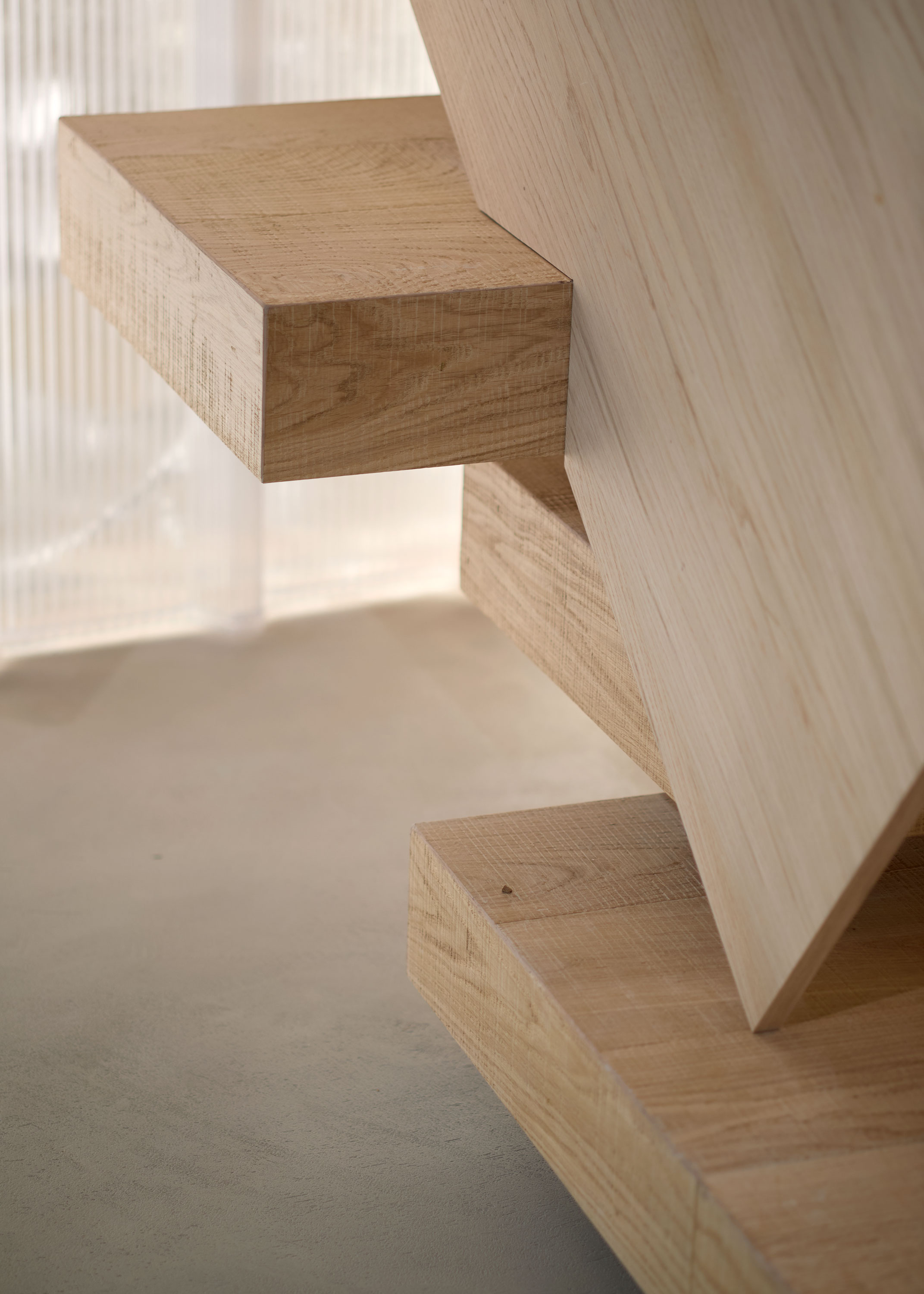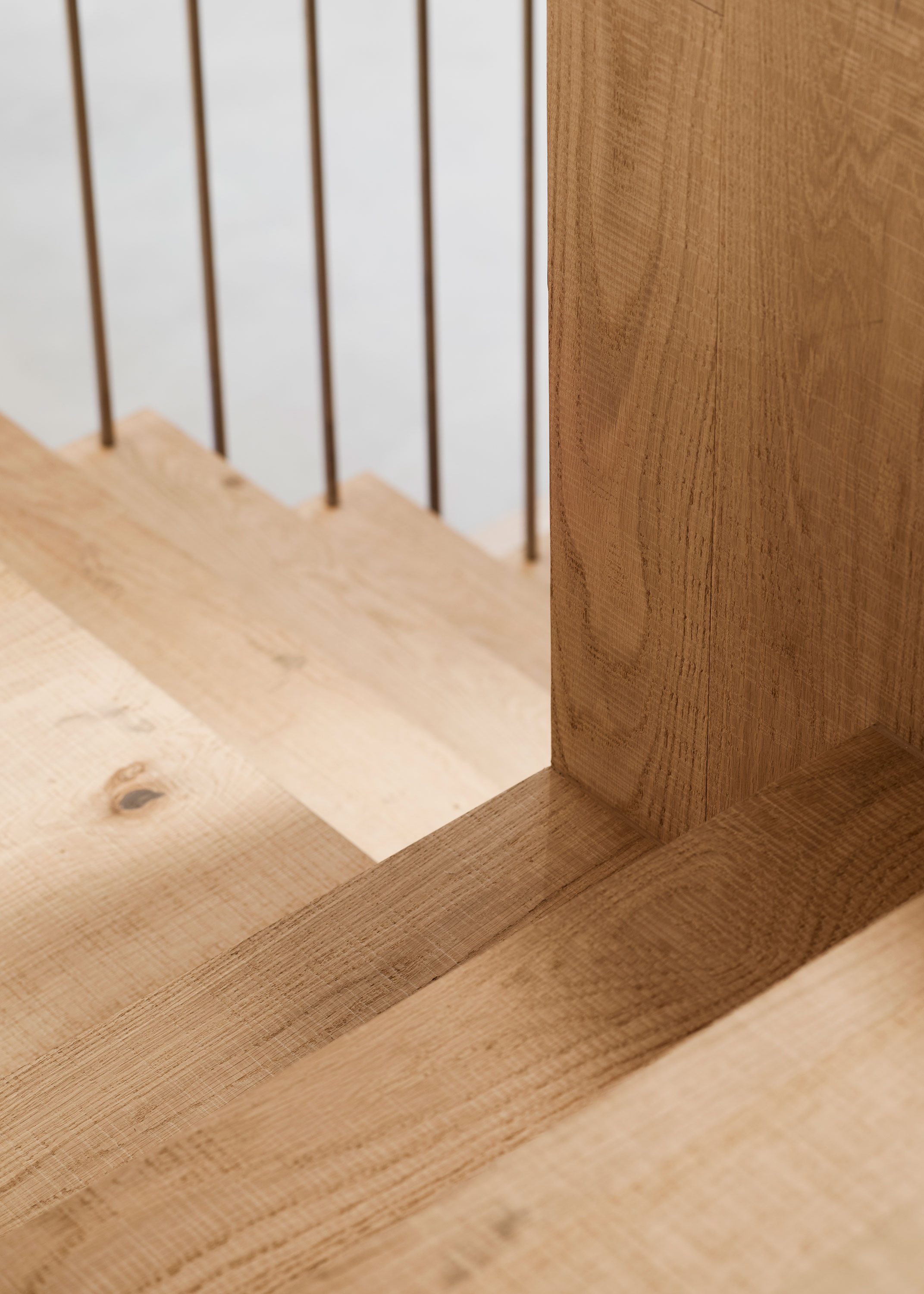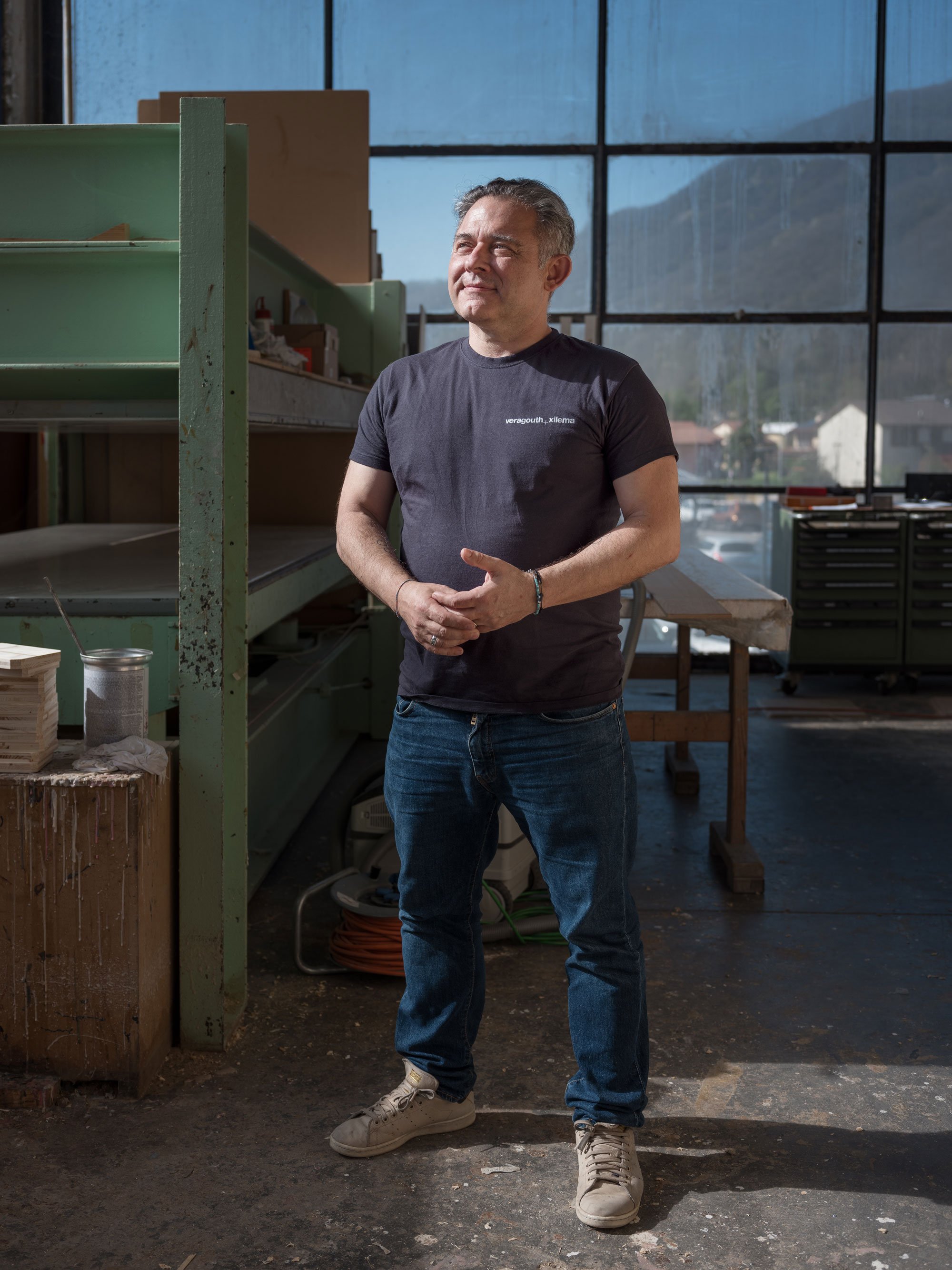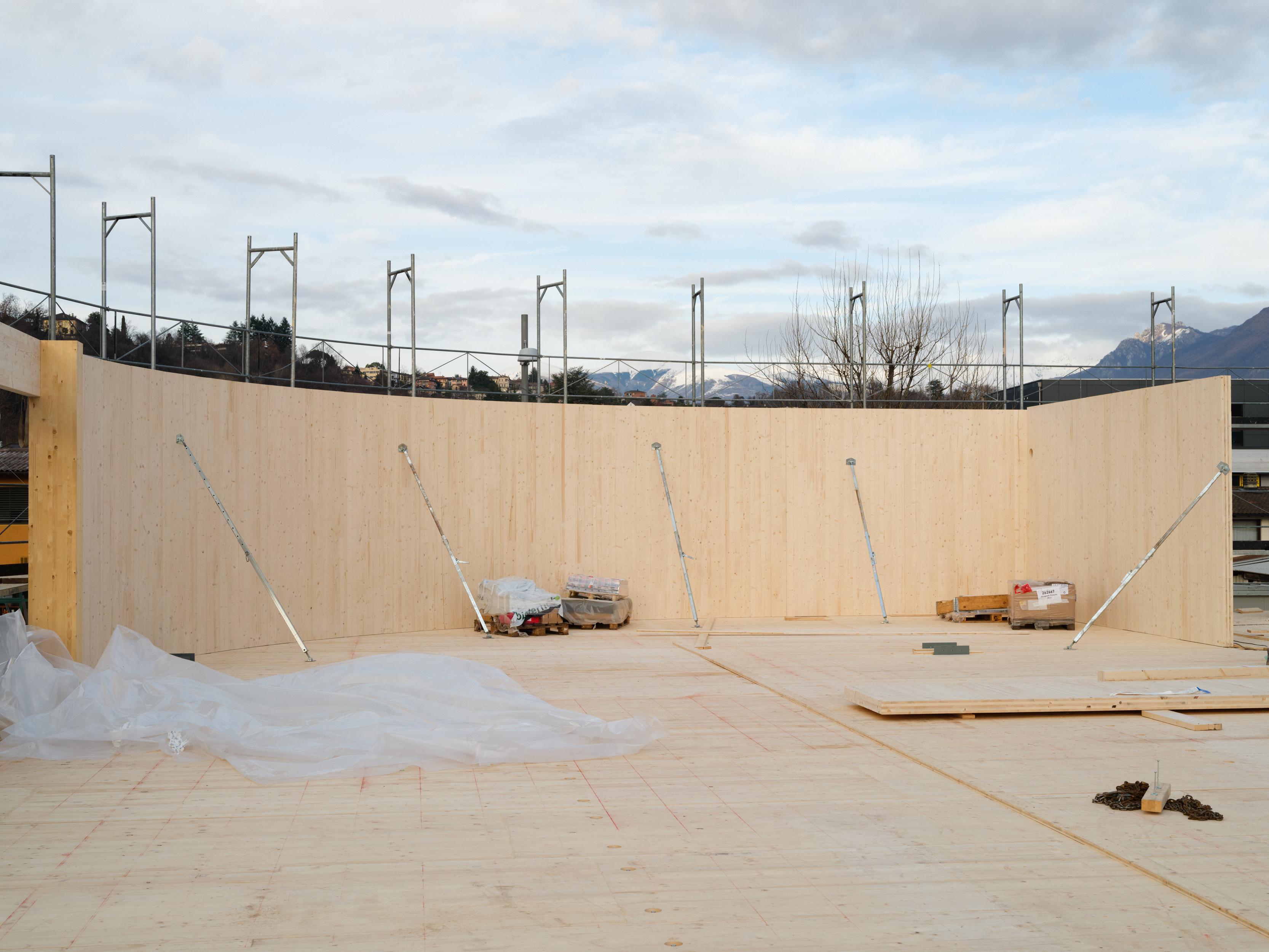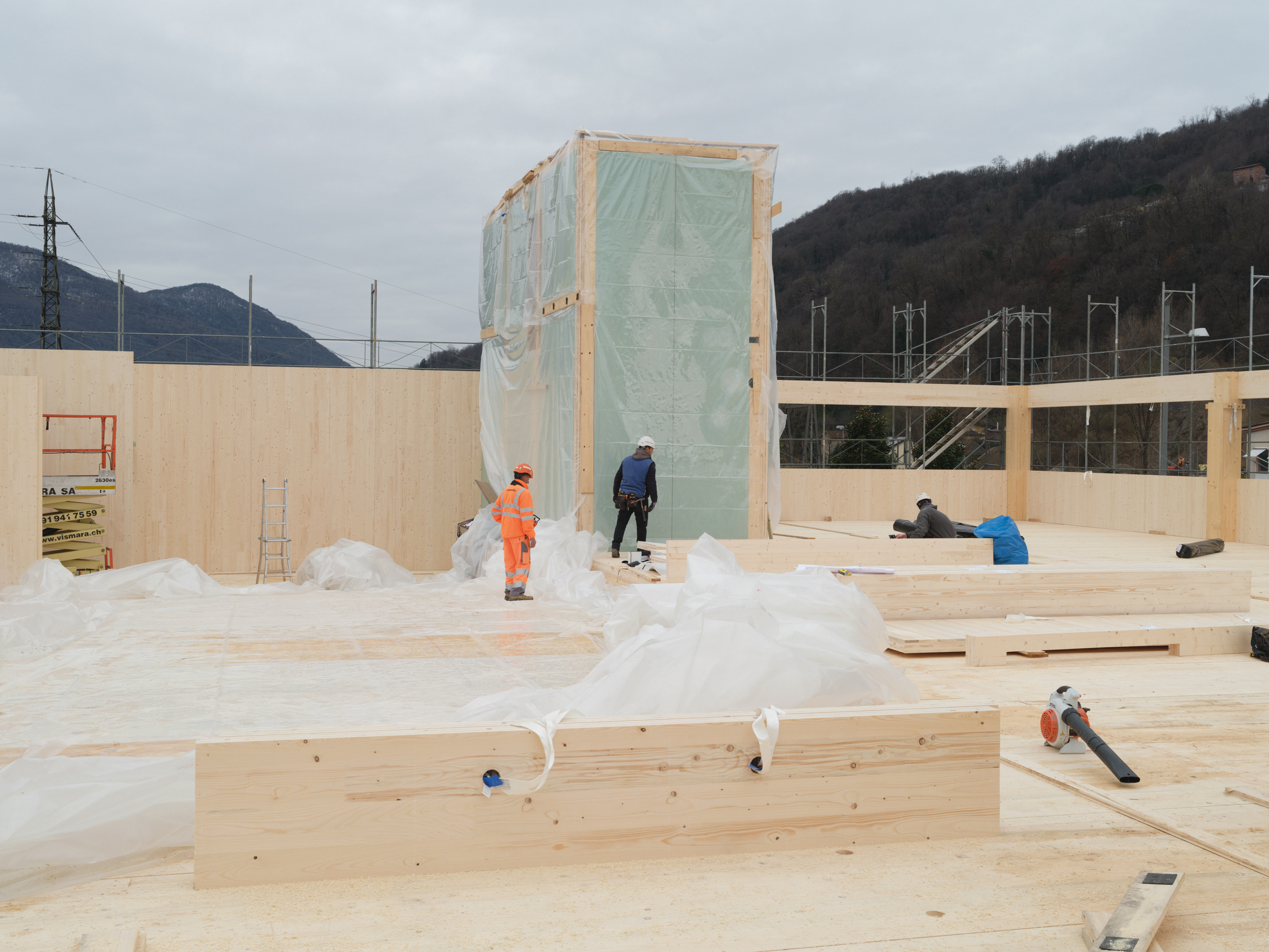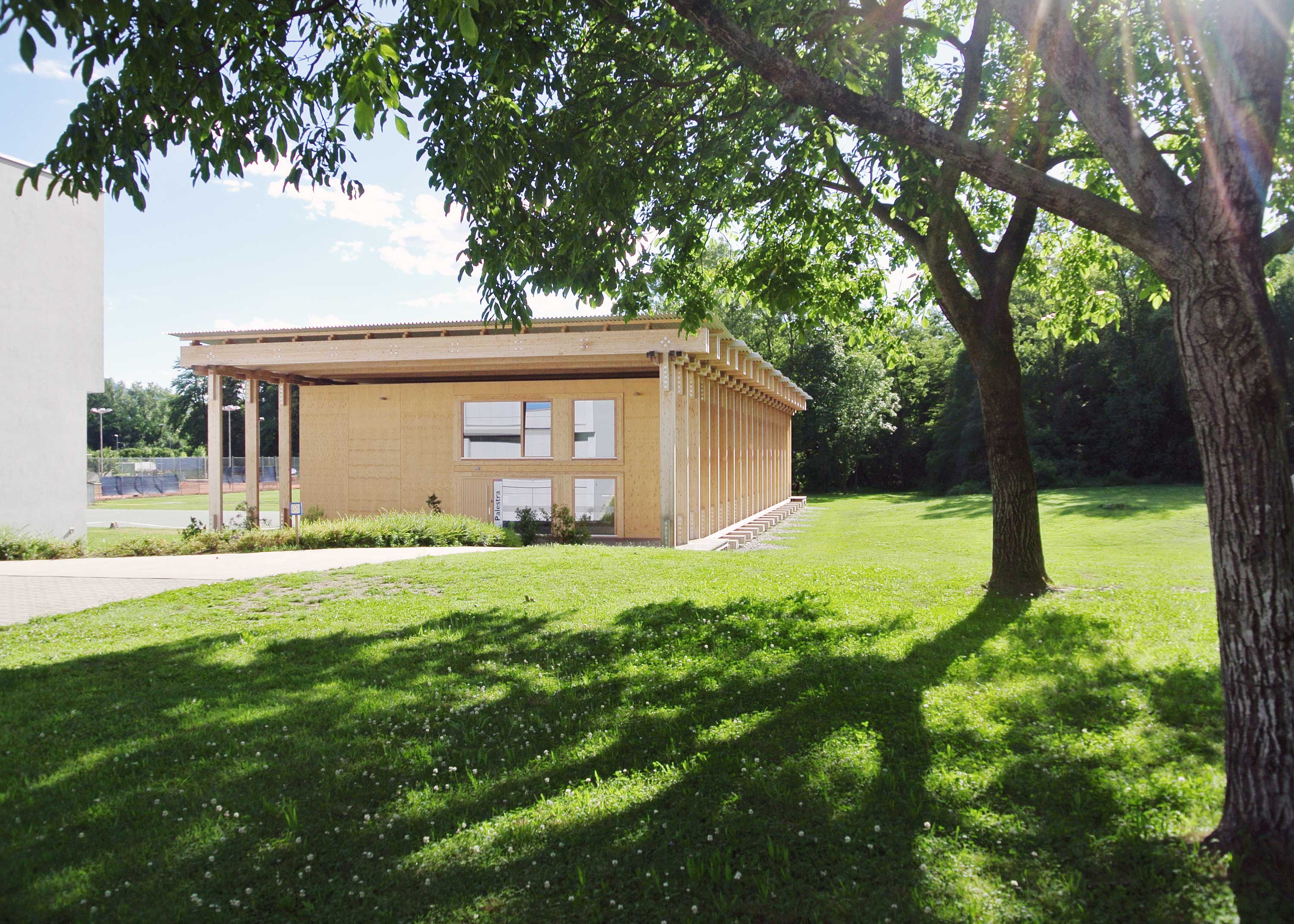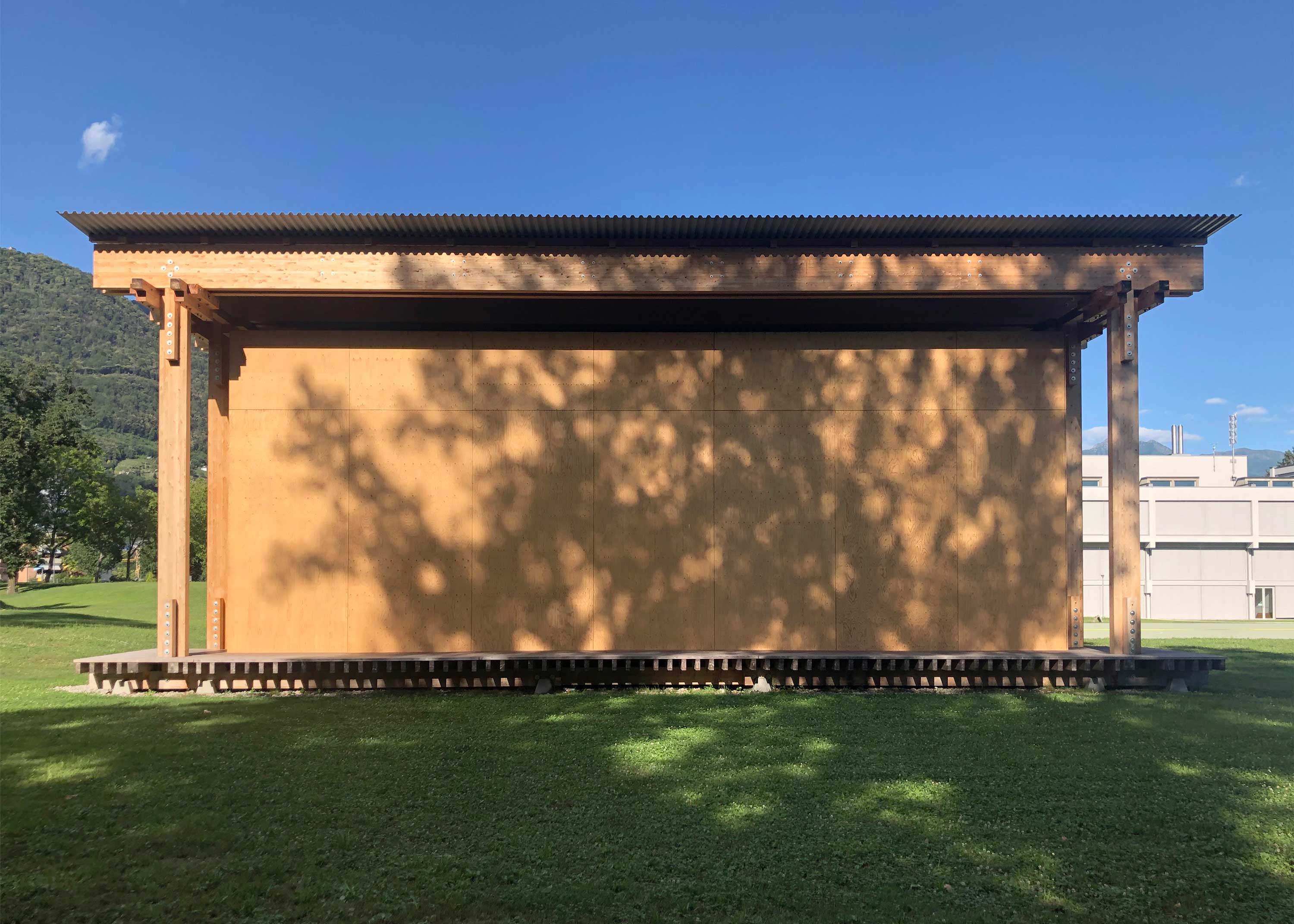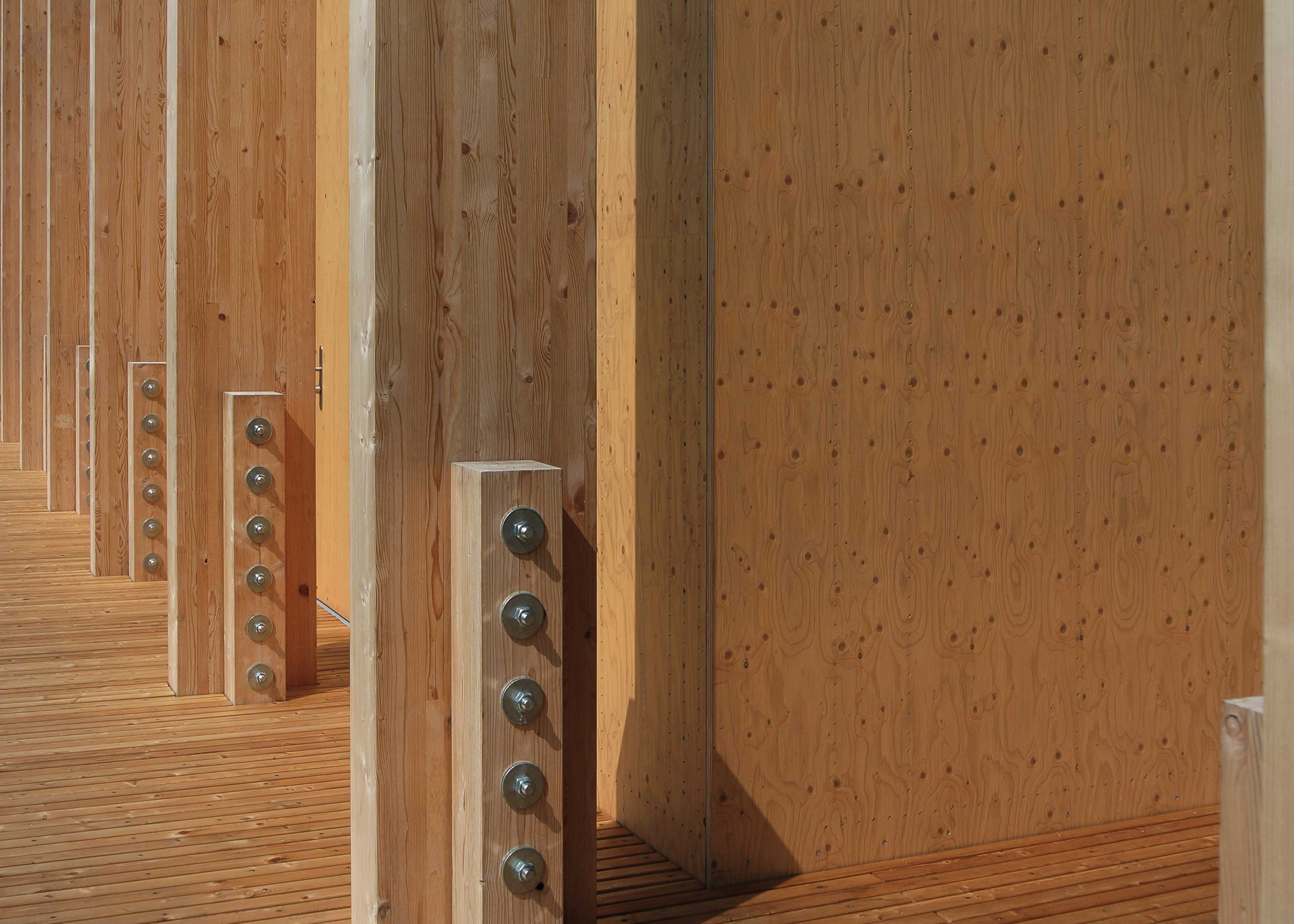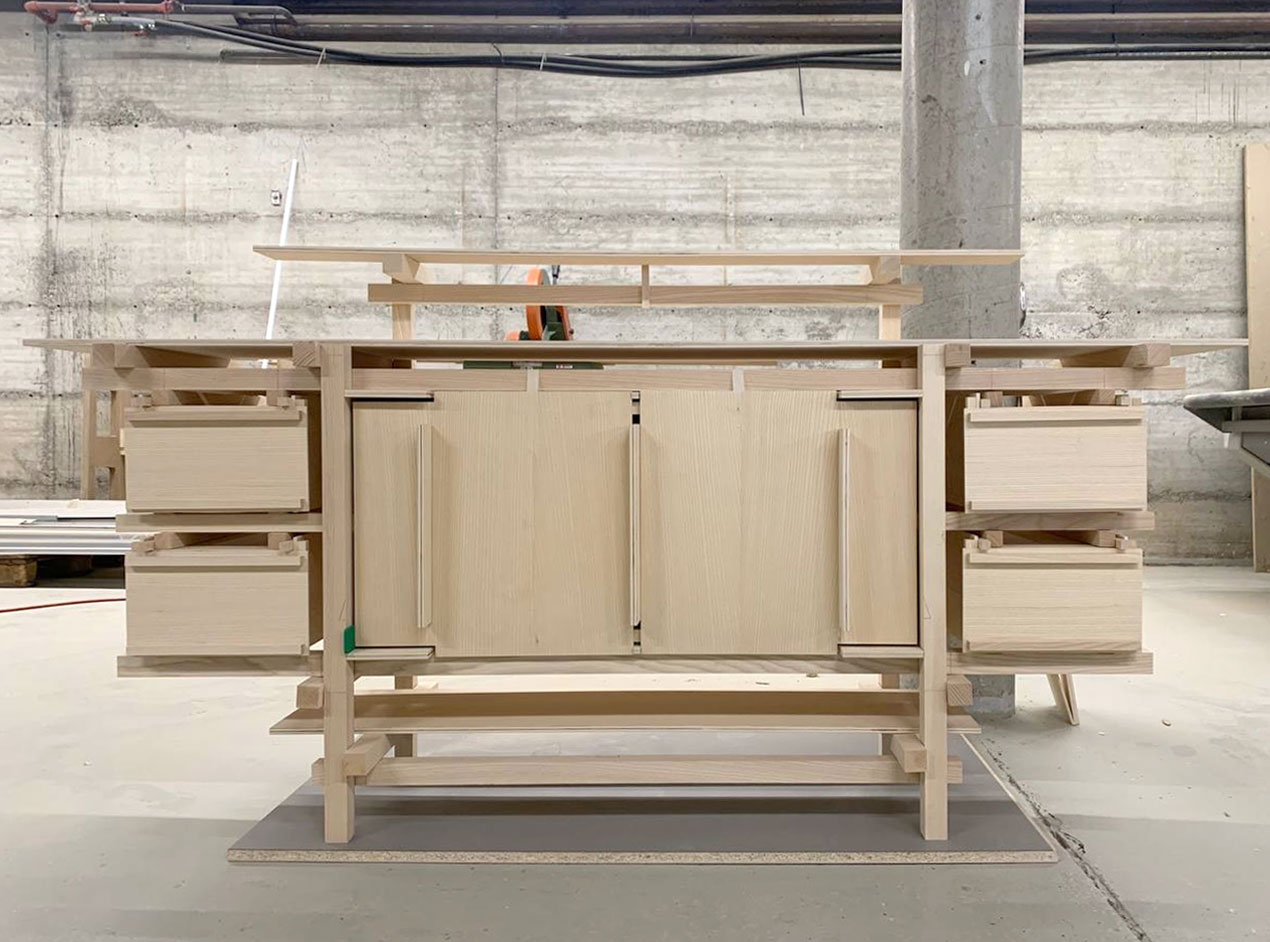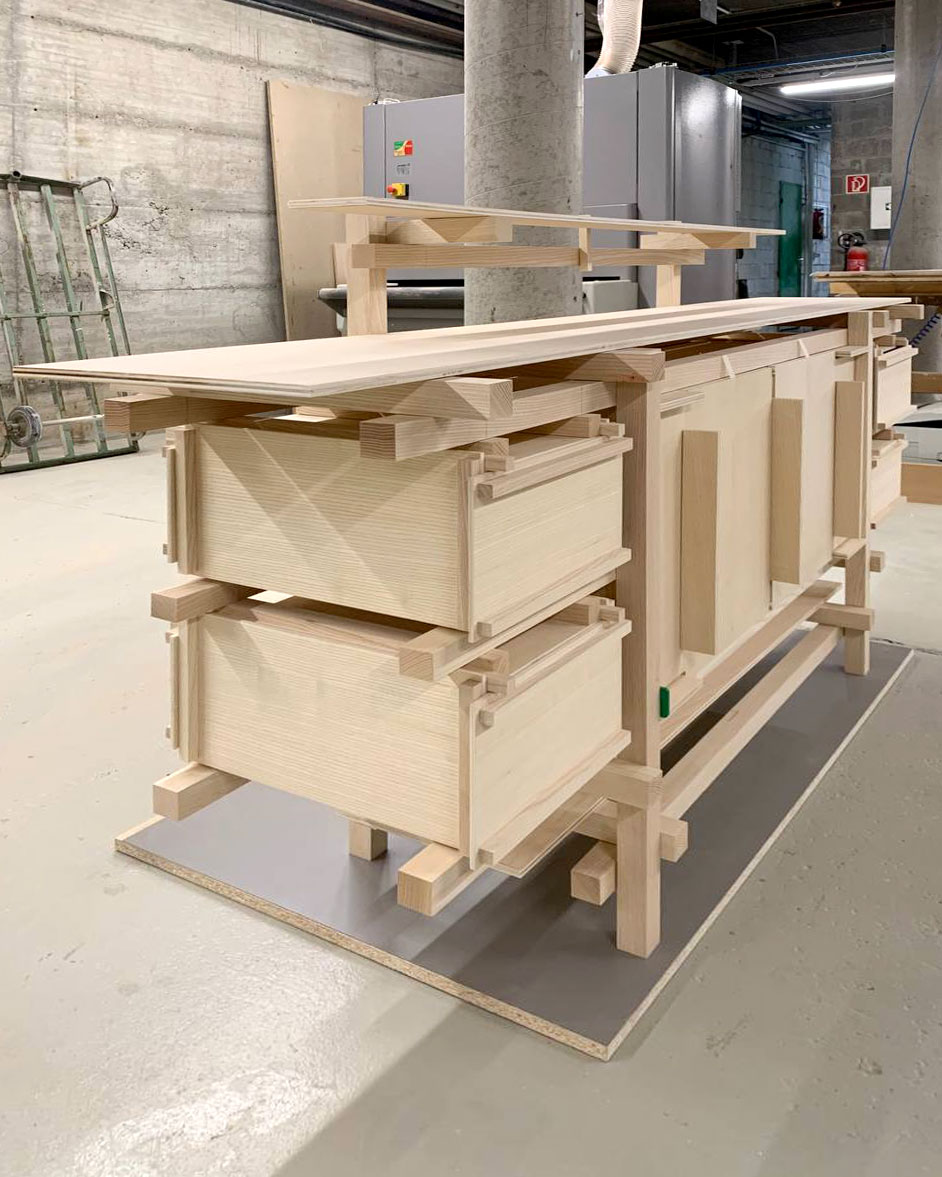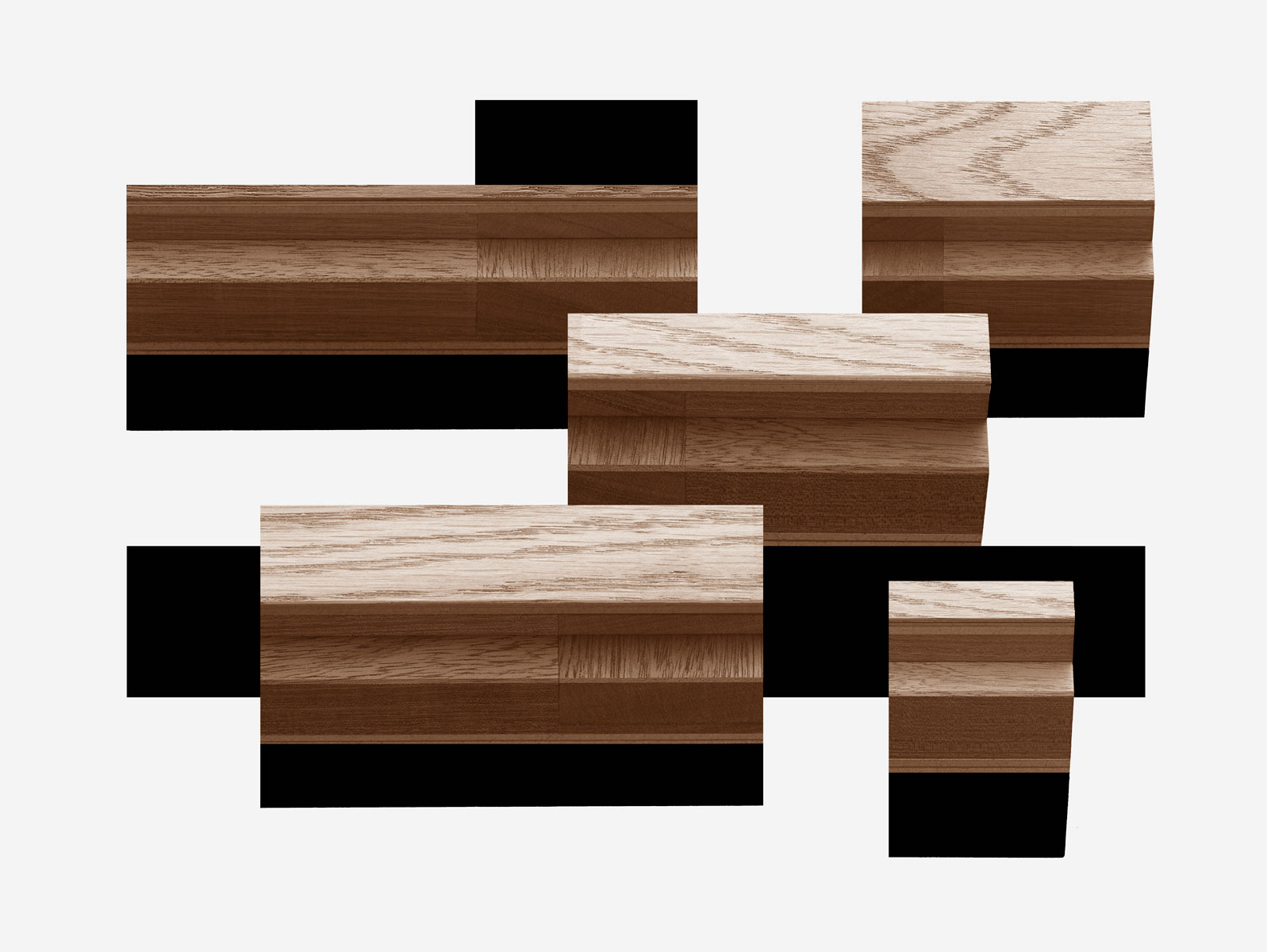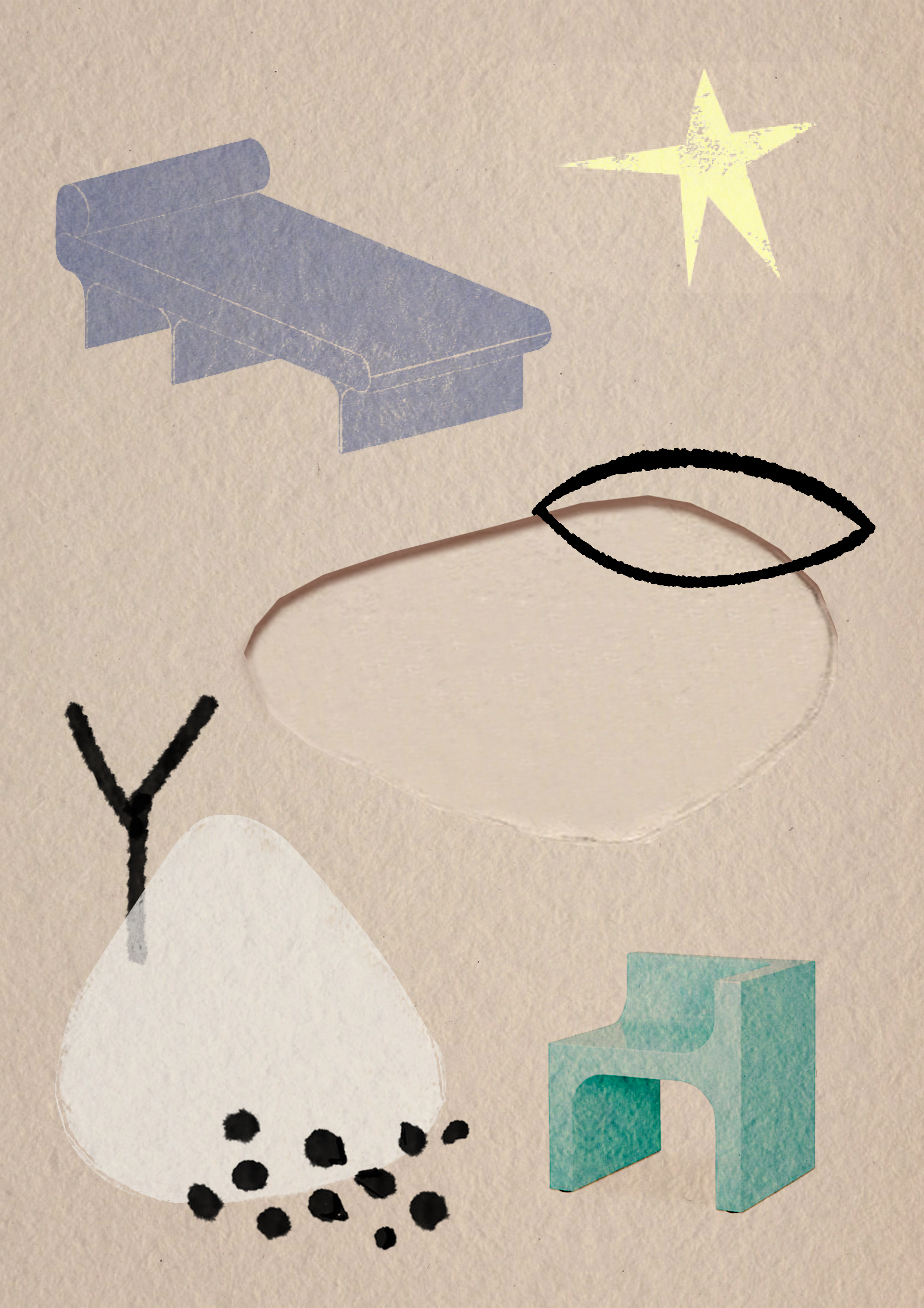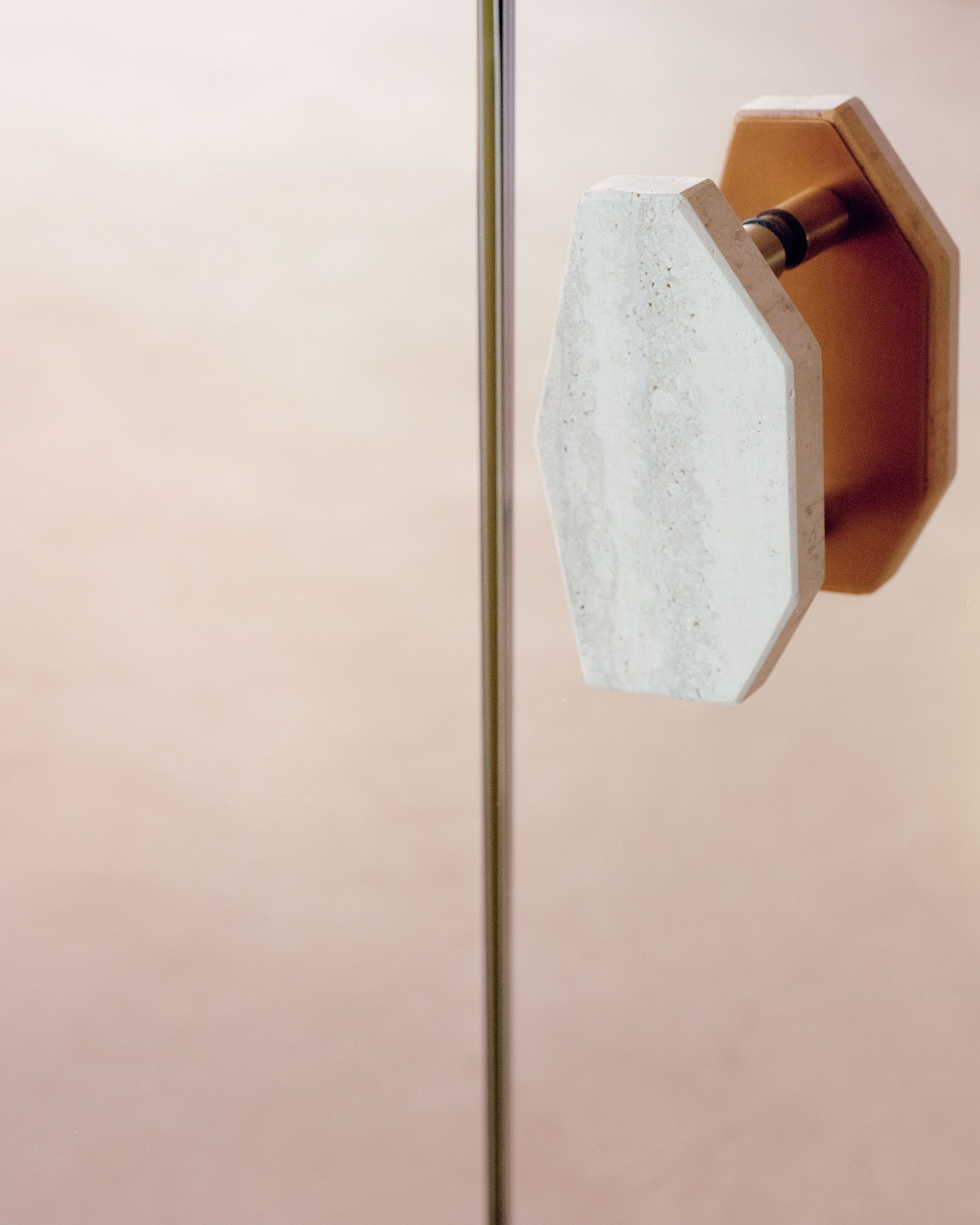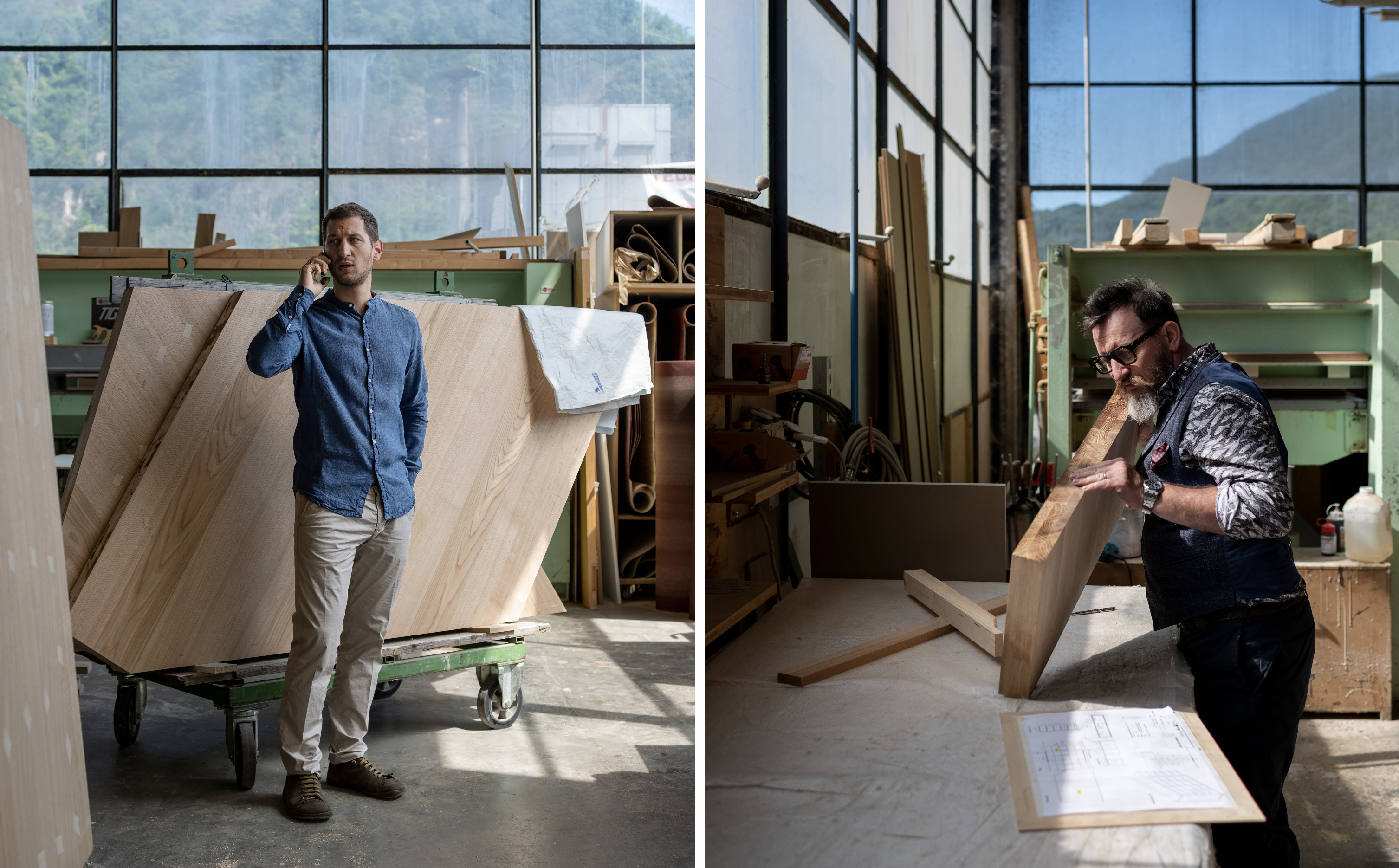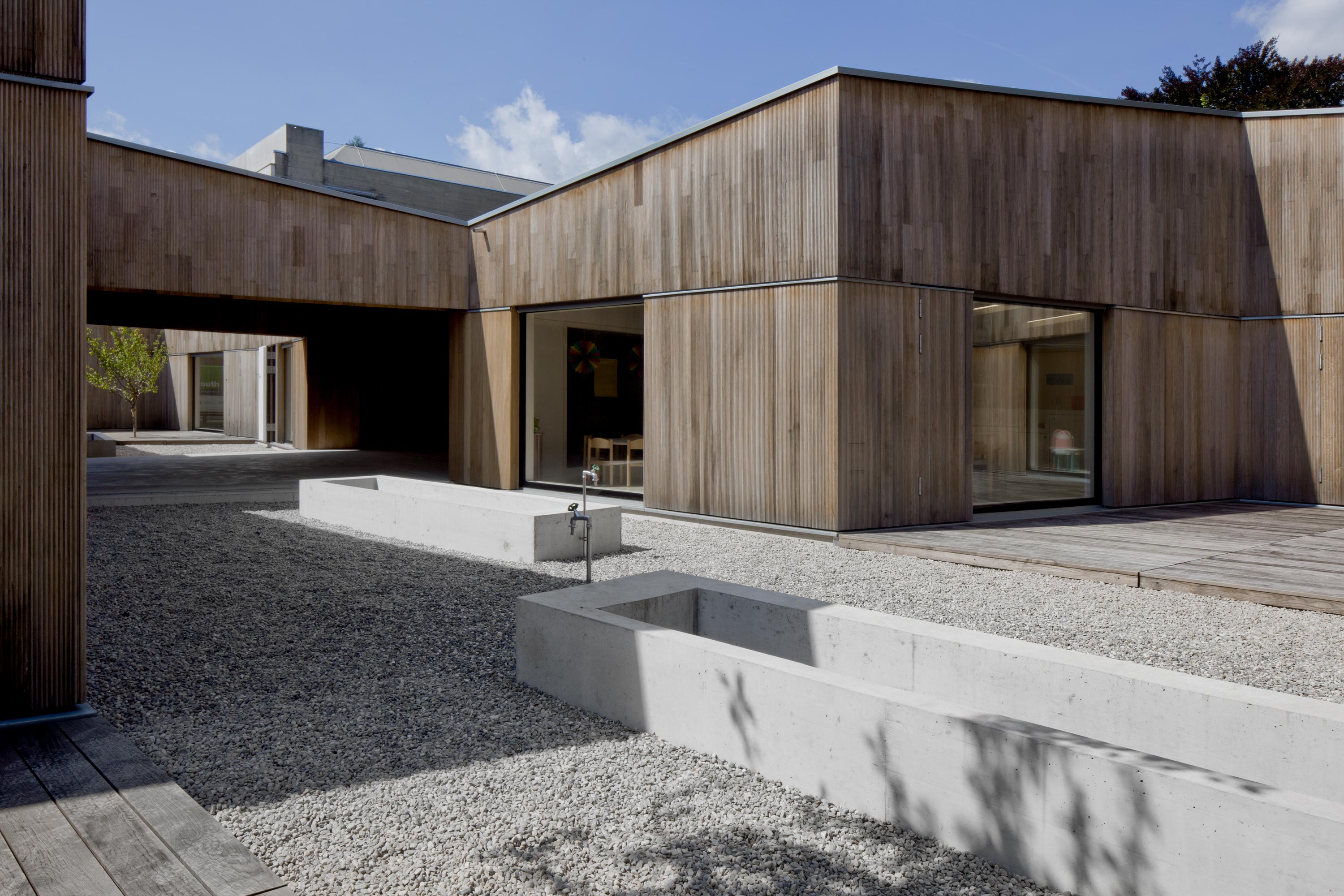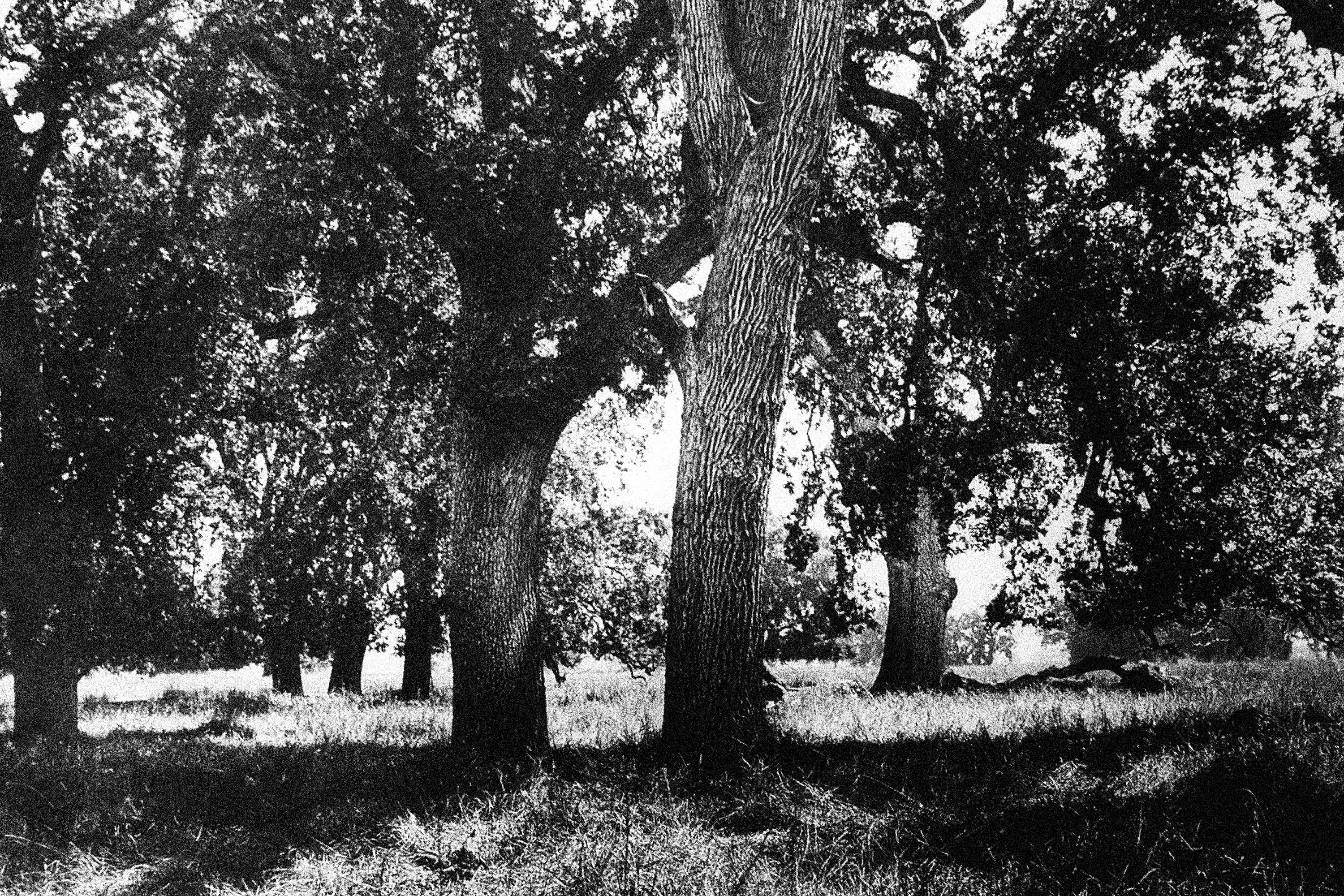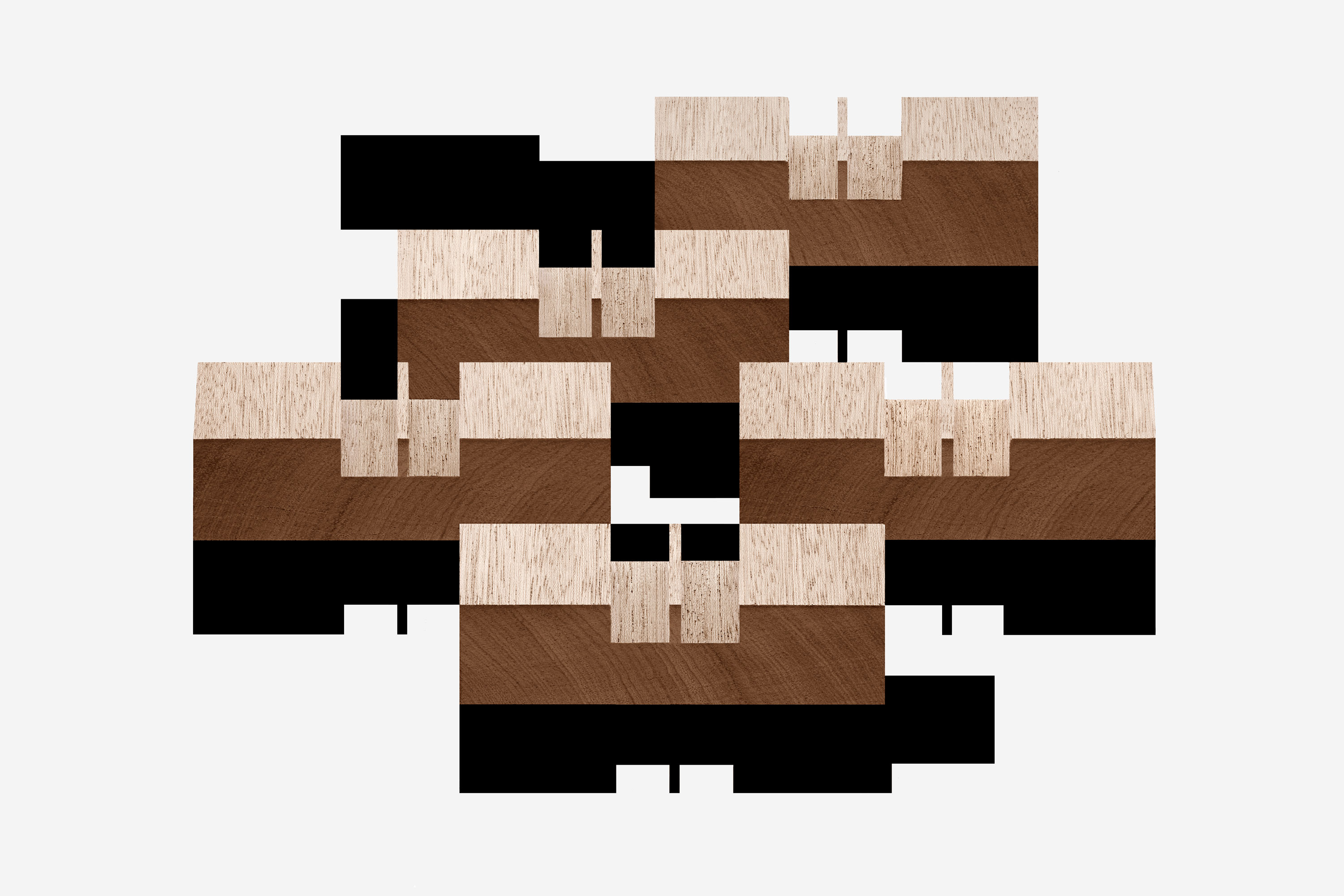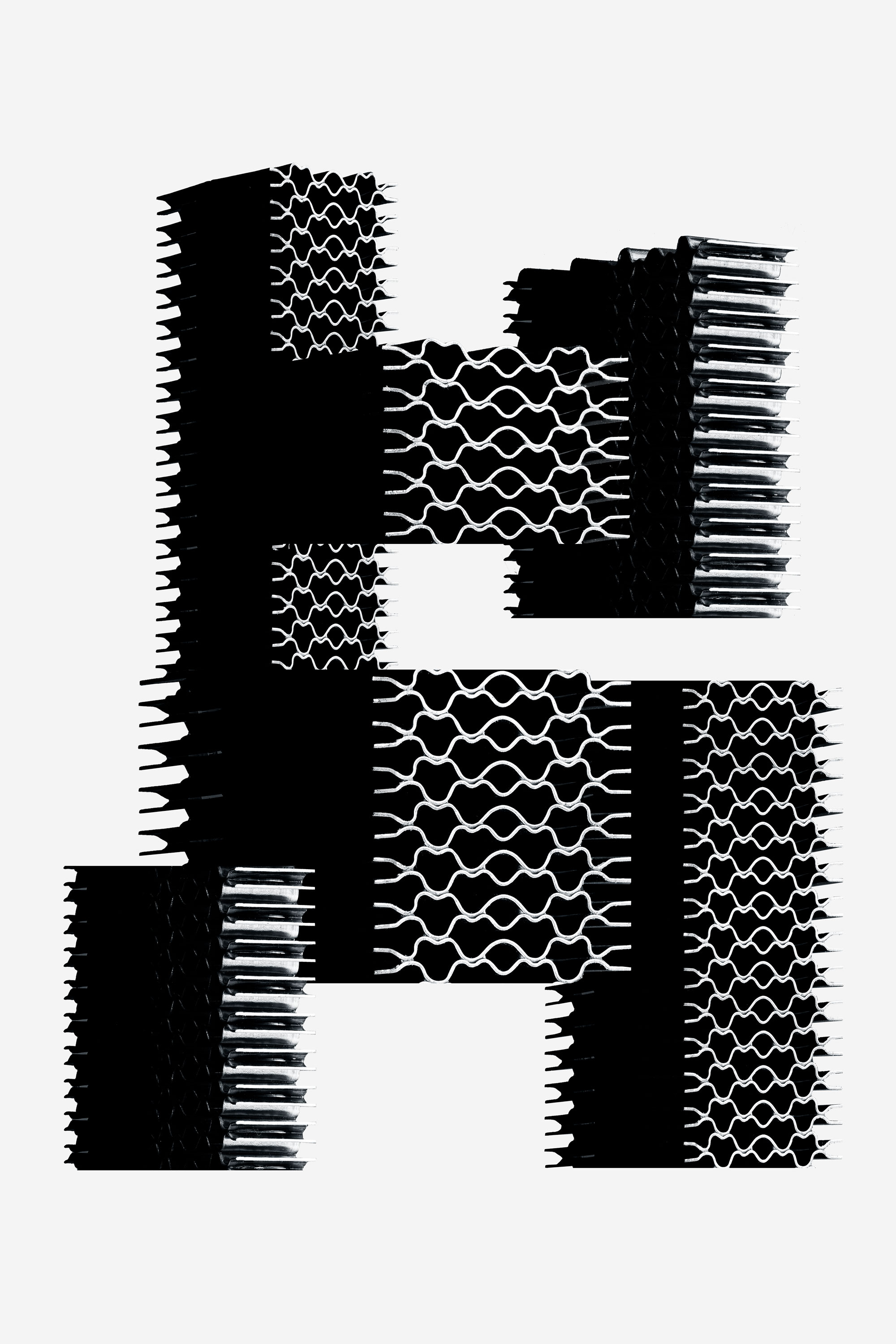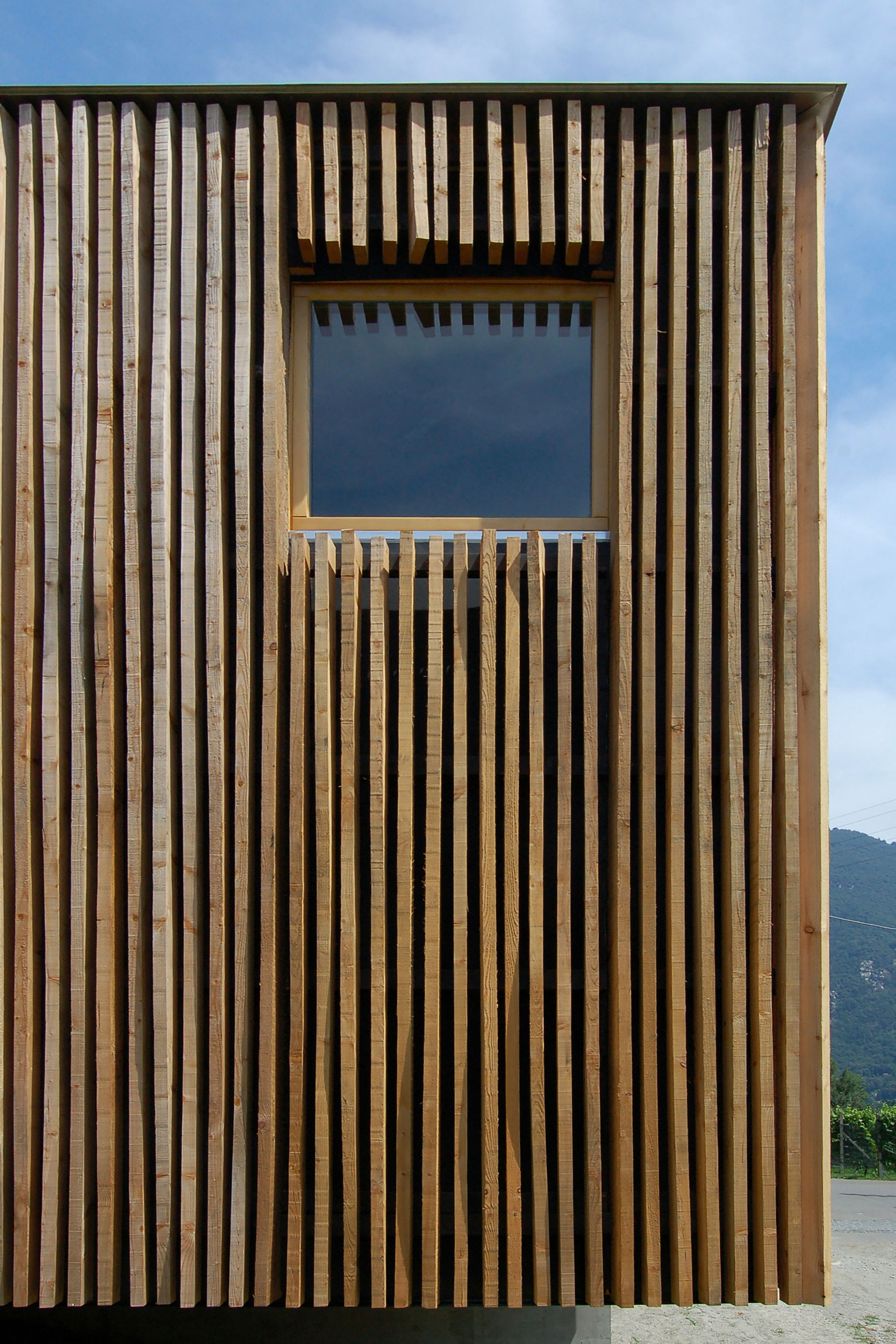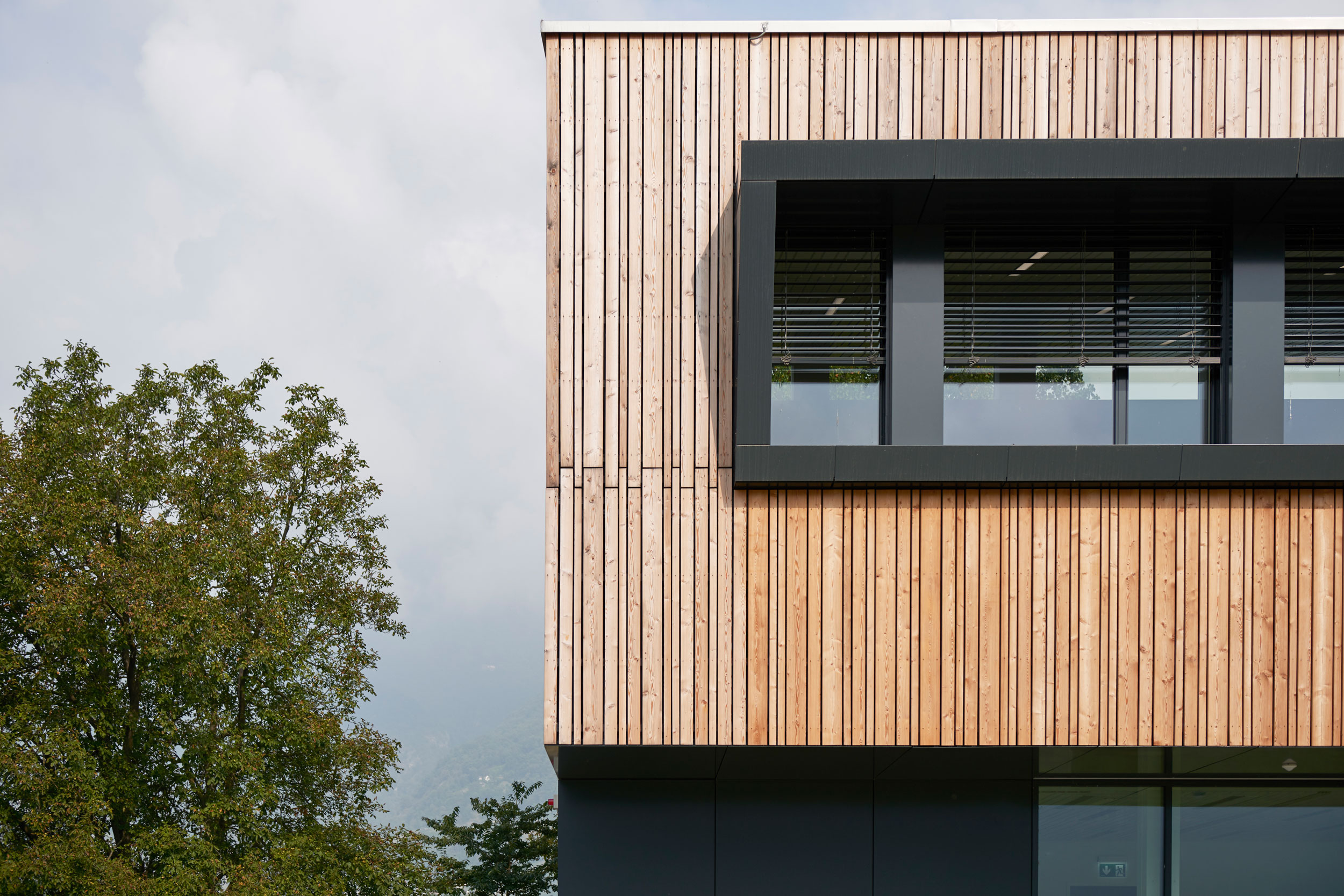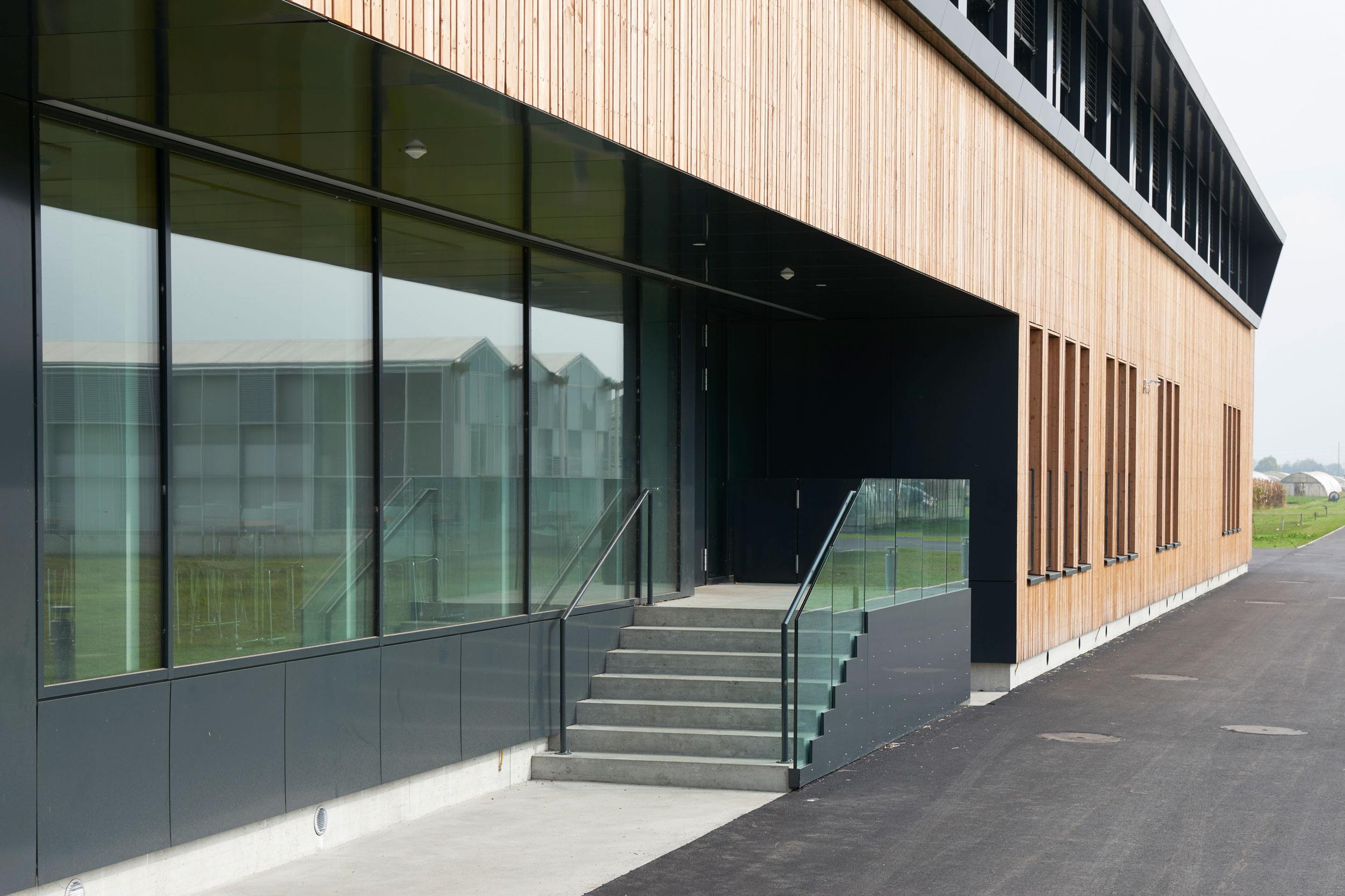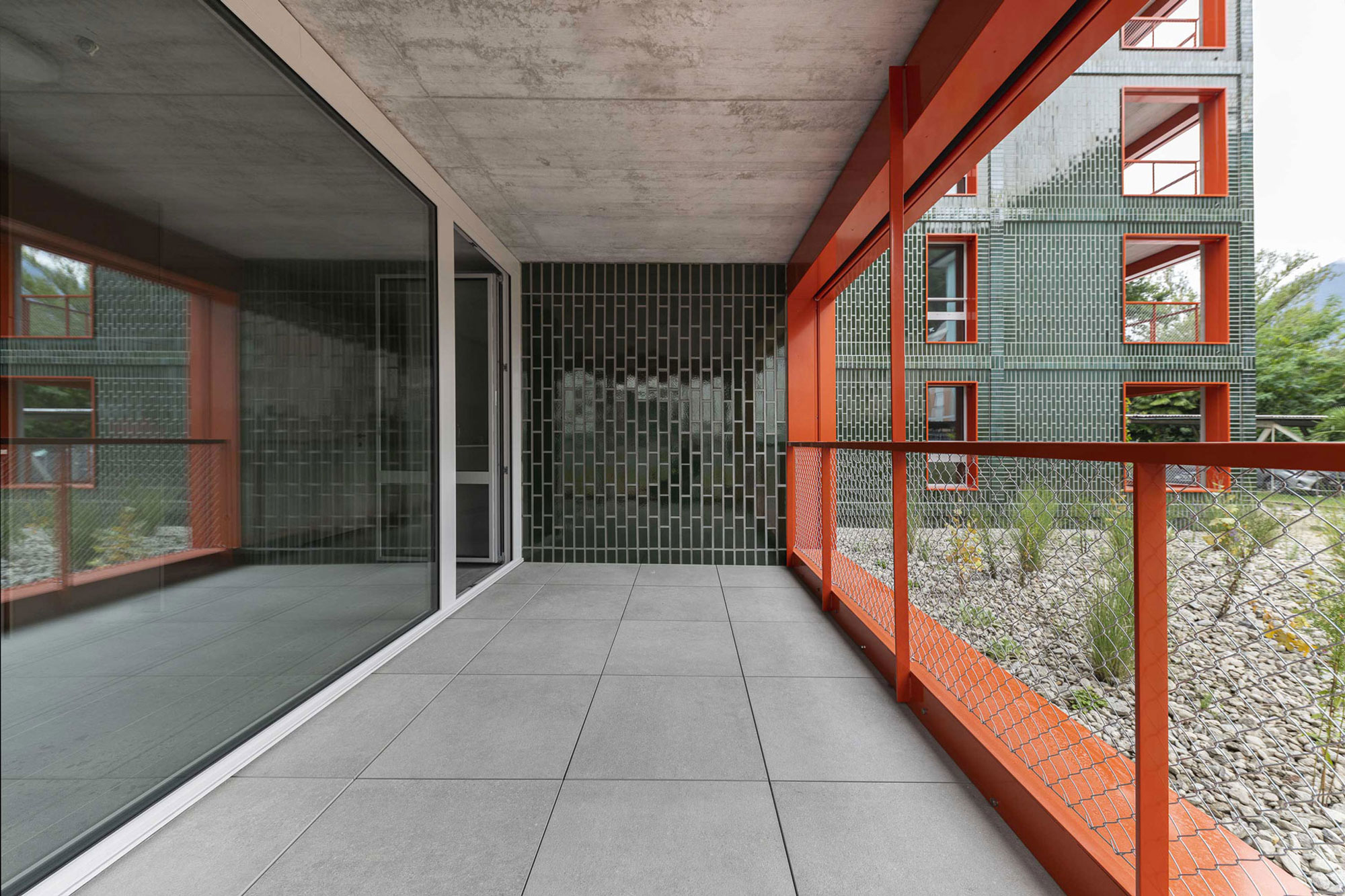


Via Industrie 24, 6930 Bedano
Svizzera
0041 91 935 79 79
info@veragouthxilema.com
veragouth e xilema
Veragouth e Xilema è la definizione attuale di un’azienda protagonista in Ticino da quasi un secolo nel settore della falegnameria e carpenteria edile.
10.4.25
Swissnex Window #5: Synthetic Interactions. Swiss Design meets AI and robotics
Exhibition on the occasion of Osaka EXPO 2025, April 10–May 6
10.4.25
GGQ2 Fire Protection Specialist
Marius Pabst is the key point of reference within the company
12.10.23
Girondella, between contemporaneity and memory
Video interview with architect Mario Cucinella
12.10.23
School gyms in Gordola and Bellinzona
Large wooden exoskeletons as a paradigm of flexibility
8.9.22
How our technical department works
From drawing to quality finished work. In between, the knowledge of those with direct experience of wood.
30.9.21
Team Veragouth and Xilema
25 professionals including engineers, architects, designers and draughtsman, 4 sector directors and over 70 specialised workers
14.2.21
Veragouth and Xilema adopts Minergie
The top choice in terms of environmental sustainability
15.1.21
Veragouth and Xilema, industrial partners in research projects
Responsibility for the future
23.3.22
The Walnut
Or the tree of Jupiter

There are many legends and superstitions that over the centuries originated around the Walnut tree and its fruits. It is said, in fairy tales, that wonderful treasures were hidden inside walnuts. At one time, in Sicily, it was believed that a walnut kept in your pocket averted spells and fever. Witches made use of the toxic qualities of the plant for their spells. In this regard, St. Isidore of Seville attributed the name “walnut” to the Latin noxius, meaning “harmful”. But it is in classical era that the Walnut was the main protagonist: considered a prophetic tree by Greek culture, in ancient Rome it was sacred to Jupiter, perhaps because of its majesty.
Juglans, the Latin name of the genus Walnut, is the contraction of Iovis glans, or "Jupiter's acorn".
A vigorous tree, with harmonious proportions and airy foliage, the Walnut can reach up to 40 meters in height, more than one in diameter and several centuries of age. It prefers light, deep, nutrient-rich and well-drained soil. In short, a climate similar to that of wine-growing regions. It is no coincidence that for centuries life in Ticino, and throughout Switzerland, has found solid support in the Walnut tree and its fruits. In the early 1950s, about half a million trees were registered in Switzerland, then decreasing until 2008, when our nation had a population of just 130,000. More than 300 hectares of walnut groves have been planted in recent years to reinvigorate the national market for the fruit, and also for the much sought-after timber. Highly valuable, walnut wood is among the best in terms of quality, ease of processing and resistance. And, of course, its appearance. Although varying considerably according to the habitat in which it grows, the brown color with black grains never ceases to fascinate. Its wood is used for the manufacture of furniture, panneling, musical instruments and art objects.

1-The Walnut

2-The Walnut

3-The Walnut

4-The Walnut

5-The Walnut
Crediti:
Photo: Simone Cavadini
Packaging design and Art direction: 0xfff, 0x000



